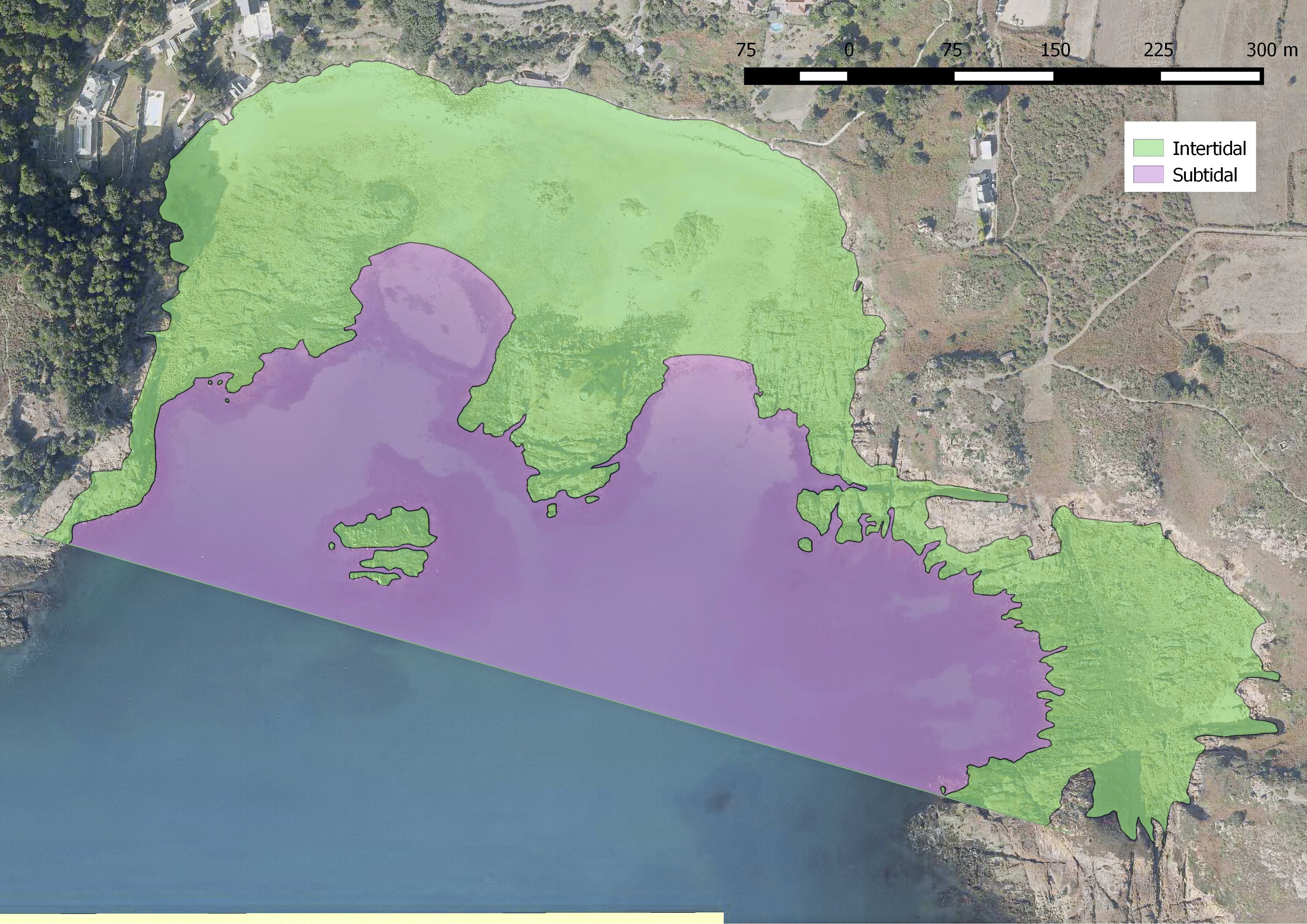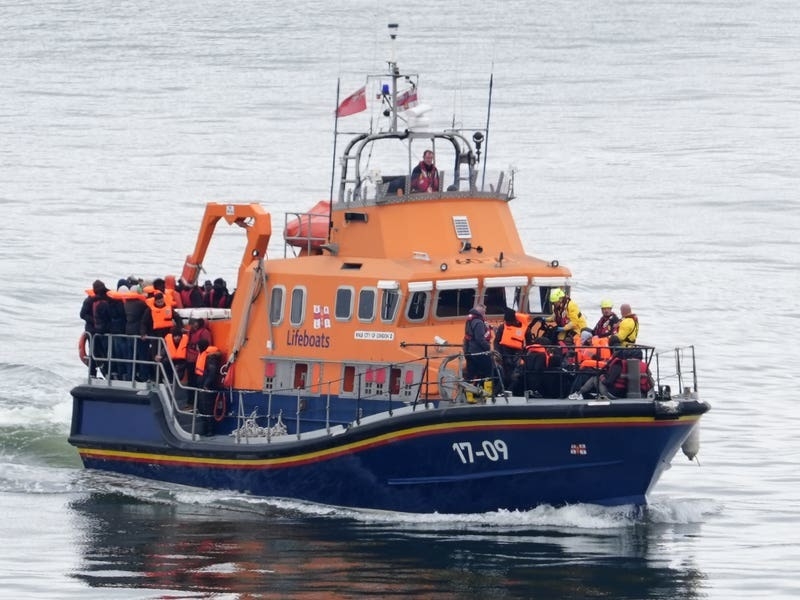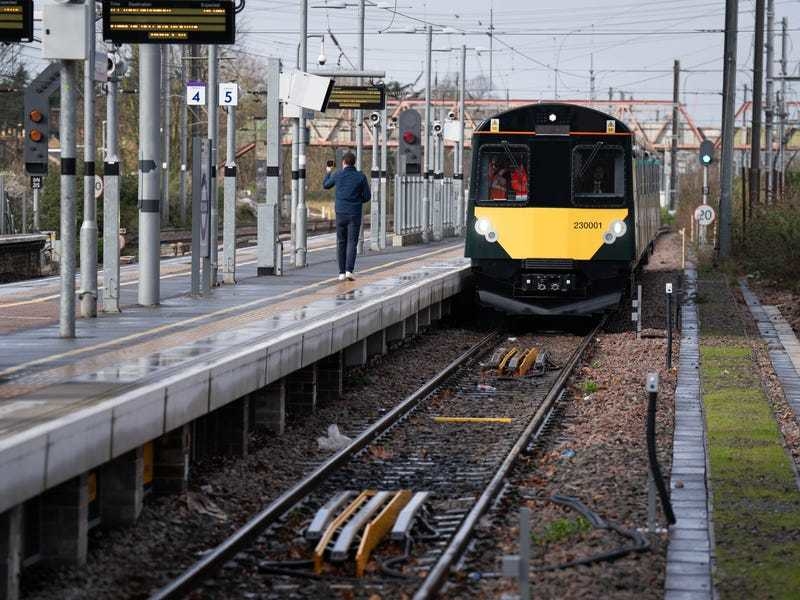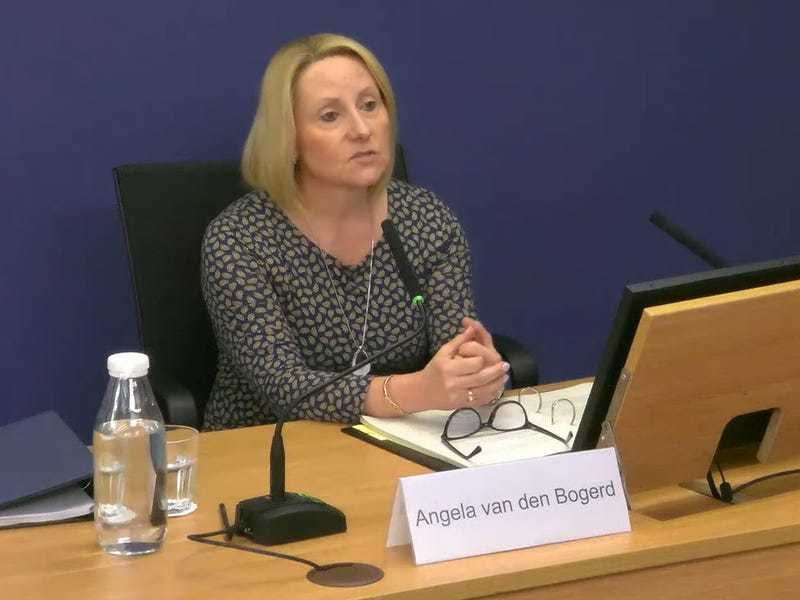If the move is approved, it would make the area the fourth of its kind in the British Isles and would see the bay become a ‘natural laboratory’ used for scientific studies, including those by primary schools, for five years.
The Environment Department’s marine and coastal manager, Paul Chambers, explained that in order for the project to go ahead, there would need to be changes to Jersey’s law to prohibit fishing in the areas marked out for study.
He said: ‘Ideally, if the project went ahead, the bay would be made available to projects suitable for primary schools which may want to count how many limpets are in one area and under-graduates who need to monitor the movement of various species of fish through video
work.’

Mr Chambers added that there were not any other ‘no-take zones’ in the Channel Islands as far as the department was aware.
At the moment there are three in the British Isles that have been established for coastal nature conservation: Lundy in the Bristol Channel, Flamborough Head in Yorkshire and Lamlash Bay in Scotland. However, there are other no-take zones that exist to protect oil rigs and pipelines. The idea came from Gareth Jeffreys from the marine biology section of the Société Jersiaise. He suggested it to the marine resource panel two years ago and pointed out that data collected by Portsmouth University in the 1980s also recommended making the bay a marine reserve. So far 464 species of marine life have been recorded in the bay.
Other sites were considered by the Société Jersiaise, including Beauport, Archirondel, Grève au Lançon and Bouley Bay.
Portelet Bay was considered the best location as it is an enclosed, well-defined area that anglers and commercial fishing boats do not use heavily. Additionally, some of the bay’s habitats have been disturbed, meaning their recovery could be monitored.
The Environment Department have been tasked with looking at the necessary law-drafting required for the scheme to go
ahead.
According to the department, Jersey has around 150 sq km of ‘no-mobile-gear zones’, where key seabed habitats such as seagrass and maerl, a hard seaweed, are protected from dredging and trawling. These zones are based around the Écréhous, Minquiers and the coast running clockwise between St Helier and Grosnez.






